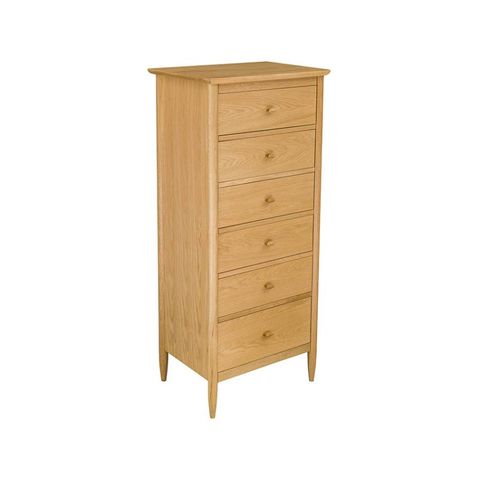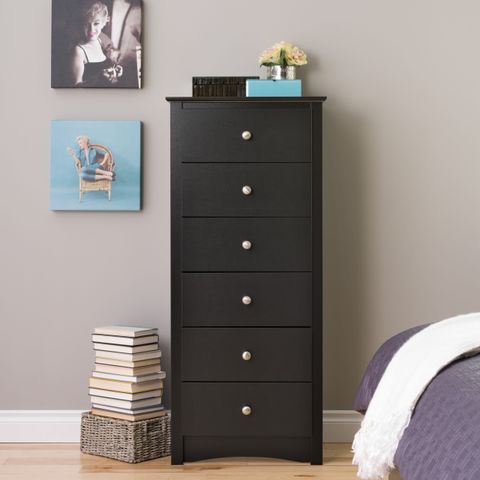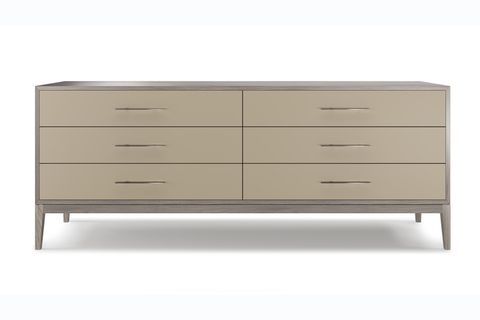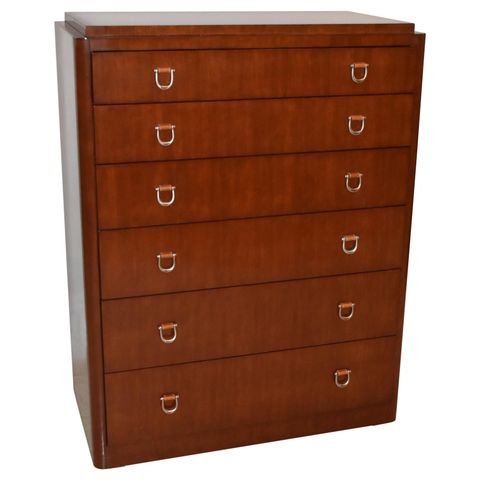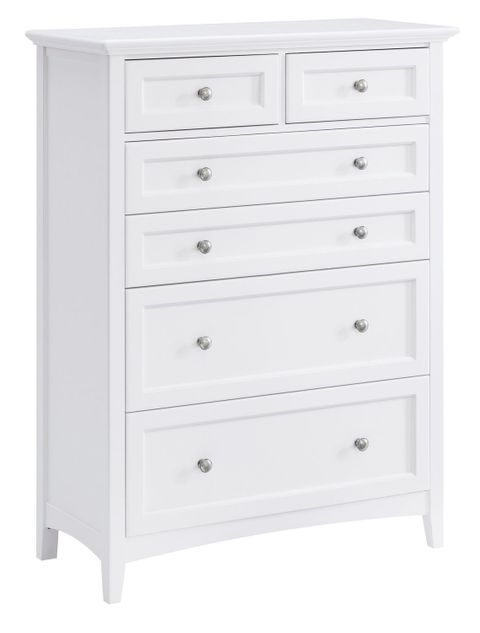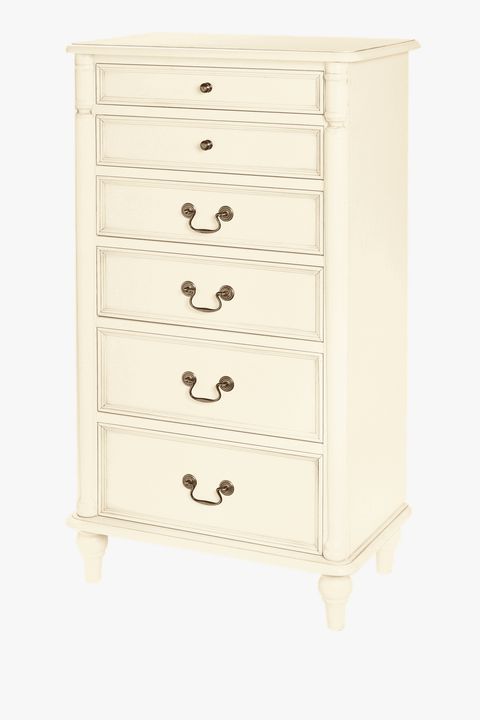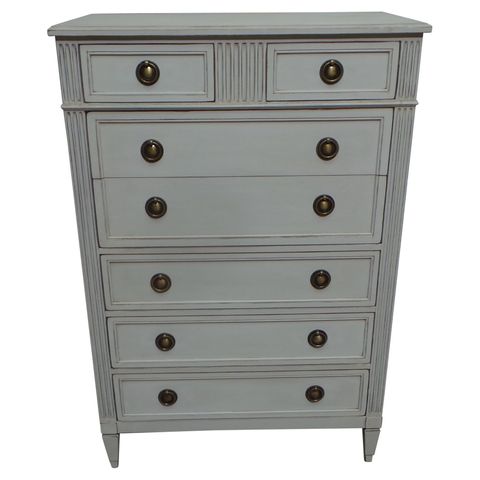Have you ever wondered why some pieces of furniture seem to last for generations, becoming cherished family heirlooms, while others barely survive a few moves. It’s a question I’ve grappled with for decades, not just as a furniture enthusiast, but as someone who’s spent countless hours studying, restoring, and even designing pieces that stand the test of time. The secret, my friends, isn’t just about the initial price tag; it’s about a confluence of factors that, when combined, create something truly enduring. We’re talking about the kind of quality that whispers stories through its wood grain, that holds up to the bumps and scrapes of daily life, and that—most importantly—retains its integrity and beauty for years upon years. It’s a fascinating journey into the heart of craftsmanship, and today, we’re going to pull back the curtain on one such exemplary piece: the fabled Cassidy Chest.
When we talk about furniture that lasts, we often think of heavy, solid wood pieces, perhaps something from a bygone era. And while that’s certainly part of the picture, the true essence of enduring quality goes much deeper. It involves a thoughtful selection of materials, meticulous construction techniques, and an understanding of how a piece will interact with its environment and the people who use it. The Cassidy Chest, in my experience, embodies these principles almost perfectly. It’s not just a chest of drawers; it’s a masterclass in how to build furniture that defies obsolescence. From its robust joinery to its carefully chosen finishes, every element of the Cassidy Chest speaks to a commitment to longevity. It’s a piece that doesn’t just look good; it’s built to be good, for a very, very long time. And that, my friends, is what true furniture quality is all about.
The Foundation: Superior Material Selection
The journey to enduring furniture begins with the raw materials. Think of it like baking a cake; you can have the best recipe in the world, but if your ingredients are subpar, the final product will reflect that. For the Cassidy Chest, the choice of wood is paramount. Typically, we see solid hardwoods like oak, maple, or cherry used for its primary structure. These aren’t just pretty woods; they possess inherent strength, stability, and resistance to wear and tear.
- Hardwood vs. Softwood: Hardwoods, sourced from deciduous trees, are denser and more durable than softwoods, which come from coniferous trees. This density translates to greater resistance to dents and scratches.
- Grain and Moisture Content: Beyond the species, the quality of the wood itself matters immensely. Properly kiln-dried wood with a stable moisture content is crucial. If the wood is too wet, it will warp and crack as it dries. If it’s too dry, it can become brittle. The Cassidy Chest exemplifies this, often using quartersawn lumber, which is less prone to warping and twisting due to its unique grain orientation.
- Veneer vs. Solid Wood: While solid wood is often seen as the ultimate sign of quality, high-quality veneers can also contribute to longevity, especially when applied to stable substrates like plywood or MDF. The key is the quality of the veneer and the application process. A thick, well-applied veneer can offer beauty and stability, often more so than a poorly constructed solid wood piece.
The Backbone: Understanding Joinery Techniques
Materials are just one part of the equation; how those materials are put together is equally, if not more, important. This is where joinery comes into play, and it’s the true unsung hero of enduring furniture. Forget about screws and nails as the primary connection points; while they have their place, traditional joinery methods create mechanical interlocking bonds that are far superior in strength and durability.
- Dovetail Joints: For drawers, dovetail joints are the gold standard. They’re incredibly strong and resist pulling apart, which is essential for drawers that are constantly being opened and closed. You’ll typically find machine-cut dovetails on modern, high-quality pieces, but hand-cut ones are a sign of exceptional craftsmanship.
- Mortise and Tenon Joints: These joints are used for connecting rails to legs or stiles. A tenon (a projection) fits snugly into a mortise (a hole), often secured with glue or even pins. This creates a remarkably strong joint that resists racking and wobbling.
- Dowels and Biscuits: While not as strong as dovetails or mortise and tenons, properly installed dowel and biscuit joints can offer good strength for certain applications, especially in panel construction. The key is precision and the quality of the adhesive.
In the Cassidy Chest, you’ll often see a combination of these techniques, demonstrating a comprehensive approach to structural integrity. It’s not about using one ‘best’ joint, but about using the right joint for each specific connection point.
The Inner Workings: Drawer and Hardware Quality
A chest is only as good as its drawers, and the quality of these internal components often separates truly enduring furniture from its lesser counterparts. It’s not just about how they look but how they function day in and day out.
- Drawer Construction: Beyond dovetail joints at the front and back, look for solid wood drawer sides and bottoms. Plywood or even thick MDF can be acceptable for drawer bottoms if they are well-supported. The bottom should be grooved into the sides, not simply stapled or glued on.
- Drawer Glides: This is a common failure point in lower-quality furniture. The Cassidy Chest typically employs smooth, full-extension drawer glides, often made of metal with ball bearings. These glides allow the drawer to open completely, providing full access to its contents, and are designed for countless cycles of opening and closing. Avoid plastic glides or simple wood-on-wood slides, which can stick, wear down, and eventually fail.
- Hardware: Knobs, pulls, hinges, and other hardware might seem like minor details, but they contribute significantly to both the aesthetics and the durability of a piece. Solid metal hardware, securely attached, will outlast plated or plastic alternatives. The weight and feel of the hardware can often be a good indicator of its quality. A heavy, solid brass pull, for instance, feels substantial and is built to last.
The Protective Layer: Finishes That Endure
The finish on a piece of furniture isn’t just for beauty; it’s a critical protective barrier against moisture, scratches, and everyday wear. A well-applied, durable finish is essential for the long-term preservation of the wood beneath.
- Types of Finishes: There’s a wide range, from oils and waxes that penetrate the wood to lacquers, varnishes, and polyurethanes that form a protective film on the surface. Each has its pros and cons regarding durability, repairability, and aesthetic.
- Durability and Scratch Resistance: For a piece like the Cassidy Chest, which sees daily use, a hard, durable finish like a high-quality lacquer or polyurethane is often preferred. These finishes offer good resistance to spills and scratches. The number of coats and proper application also play a significant role. Multiple thin coats are generally superior to one thick, gloopy layer.
- Aesthetic and Feel: While durability is key, the finish should also enhance the natural beauty of the wood and feel pleasant to the touch. A truly great finish doesn’t obscure the wood but allows its character to shine through, while providing robust protection. You’ll often find that the Cassidy Chest has a hand-rubbed or multi-step finish that not only protects but also brings out the depth and richness of the wood grain.
The Unseen Details: Craftsmanship and Attention
Beyond the tangible aspects of materials, joinery, and hardware, there’s an almost intangible quality that separates truly great furniture. It’s the meticulous attention to detail, the passion of the craftsperson, and the ‘extra mile’ that often goes unnoticed by the casual observer.
- Sanding and Smoothness: Run your hand over a high-quality piece of furniture. It should feel incredibly smooth, with no rough spots, splinters, or machine marks. This level of smoothness indicates careful sanding and preparation before the finish is applied.
- Alignment and Fit: Drawers should slide smoothly and close flush with the frame. Doors should hang straight and close without binding. Joints should be tight and precise, with no gaps or wobbles. These are indicators of careful assembly and quality control.
- Internal Finishing: Even the unseen parts of the Cassidy Chest, like the inside of the drawers or the back panel, are often finished to a high standard. This isn’t just for aesthetics; it helps to stabilize the wood and prevent warping. It’s a sign that the maker cared about every part of the piece, not just what’s visible.
This level of care and precision is what elevates a piece of furniture from merely functional to truly exceptional, ensuring it not only lasts but also retains its beauty and value over time. It’s the ‘soul’ of the furniture, if you will.
A Legacy of Longevity: The Cassidy Chest in Practice
So, how does all this theoretical knowledge about enduring quality translate to a real-world object like the Cassidy Chest? It’s simple: it means the chest performs, consistently, for decades. I’ve seen Cassidy Chests that are 50, 70, even 100 years old, still functioning perfectly, still looking beautiful, and still serving their purpose as reliable storage.
Consider the daily wear and tear a chest of drawers endures: drawers being pulled open and pushed shut countless times, tops being used as surfaces for books and lamps, accidental bumps and scrapes. A well-built piece, like the Cassidy Chest, shrugs off these indignities. The dovetail joints hold strong, the metal glides continue to operate smoothly, and the durable finish protects the wood from most minor mishaps.
It’s a piece that doesn’t just fill a space; it becomes a part of the home’s narrative, a silent witness to generations. This isn’t just about buying furniture; it’s about making an investment in something that will provide utility and beauty for a lifetime, and beyond. That, to me, is the ultimate measure of enduring furniture quality. It’s a peace of mind, knowing you have something truly well-made.
The journey into the enduring quality of furniture, exemplified by the Cassidy Chest, reveals that it’s far more than just assembling wood. It’s a confluence of thoughtful design, superior material selection, precise joinery, robust hardware, and meticulous finishing. It’s about an unwavering commitment to craftsmanship and an understanding that a piece of furniture should not just serve a temporary need but become a lasting part of our lives.
As you consider your next furniture purchase, remember the lessons of the Cassidy Chest. Look beyond the superficial. Inquire about the materials, examine the joinery, test the drawers, and appreciate the finish. These are the hallmarks of true quality, the indicators that a piece is built not just for today, but for tomorrow, and for generations to come. Because when furniture truly endures, it transforms from a mere object into a cherished legacy, telling its own quiet story of resilience and beauty.

